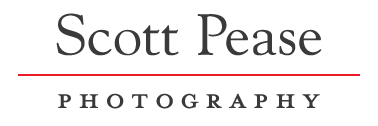The new year brings a lot of potential opportunities to everyone in the A/E/C industry. The technology that is now in the hands of many people i.e. DRONES will provide opportunities to make many projects simpler and more convenient to produce aerial photography for project reporting and updating.
JGJ Construction Cleveland, OH The Breakers Hotel Sandusky, OH
As of this past December 2016, I successfully completed and passed the new FAA RPIC (Remote Pilot In Command) certification test for Drones and have obtained my flying certificate.
Davis Wince Architects Columbus, OH MC Fitness
What this means exactly is, I can now fly "Legally" my sUAV (Small Unmanned Aerial Vehicle) for any commercial customer/client who is looking for high quality aerial photography for profit. Prior to this, the FAA rules "flying for profit" were very restrictive.
Bialosky Cleveland, Cleveland, OH American Greetings Corp. Crocker Park Westlake, OH
Just a quick note, there are now and always have been areas across the U.S. where most civilian aircraft of any size are restricted from flying. These areas may only be restricted for short periods of time but are clearly noted on either sectional maps which pilots commonly refer to or in NOTAMs (notice to airmen) which are provided by the FAA and in many areas are updated hourly. It is the pilots responsibility to look at the sectional charts or read these NOTAMs before flying in any given airspace.
Sample NOTAM (Notice To Airmen) for JFK Int.
The most important thing that I want to pass on to everyone is this. In order to fly legally anywhere in the United States a RPIC must have in his or her possession at the time of the flight their RPIC certificate and their insurance information. The FAA is very strict when it comes to flying these small aircraft for commercial projects and profit so having the proper certifications in hand during flights is absolutely essential!
CBRE, Butler PA Commercial Parcel
Any firm that plans on hiring a photographer/videographer to fly a sUAV for their project needs to ask first and foremost to please provide a current RPIC certification as well as insurance information with their quote. Never ever hire anyone who says they can fly sUAV to take aerial photos without checking on their credentials first. Proof of certification and insurance should be easily provide by the individual who will be flying the UAV. The ramifications of any accident no matter how small could prove to be extremely damaging to everyone involved.
I don't want to scare anyone who has hired a sUAV pilot to photograph a project and I certainly do not want to offend those who are flying sUAV for profit but this information is critical and everyone should be aware of it. When you decide to have a RPIC fly for you using their sUAV, "Safety First" is the motto that needs to be followed.
Kokosing Materials, Cleveland Asphalt Plant


















